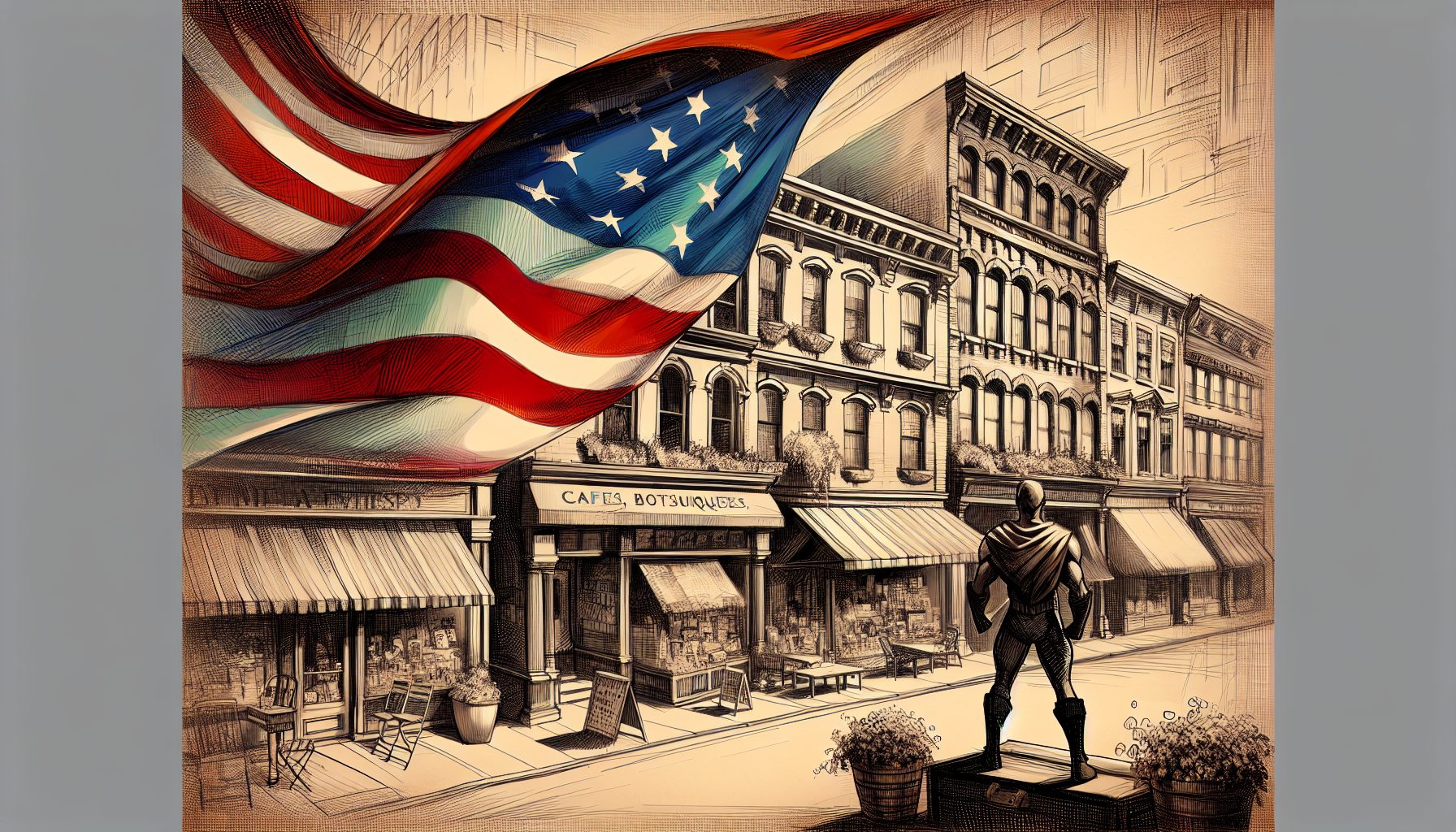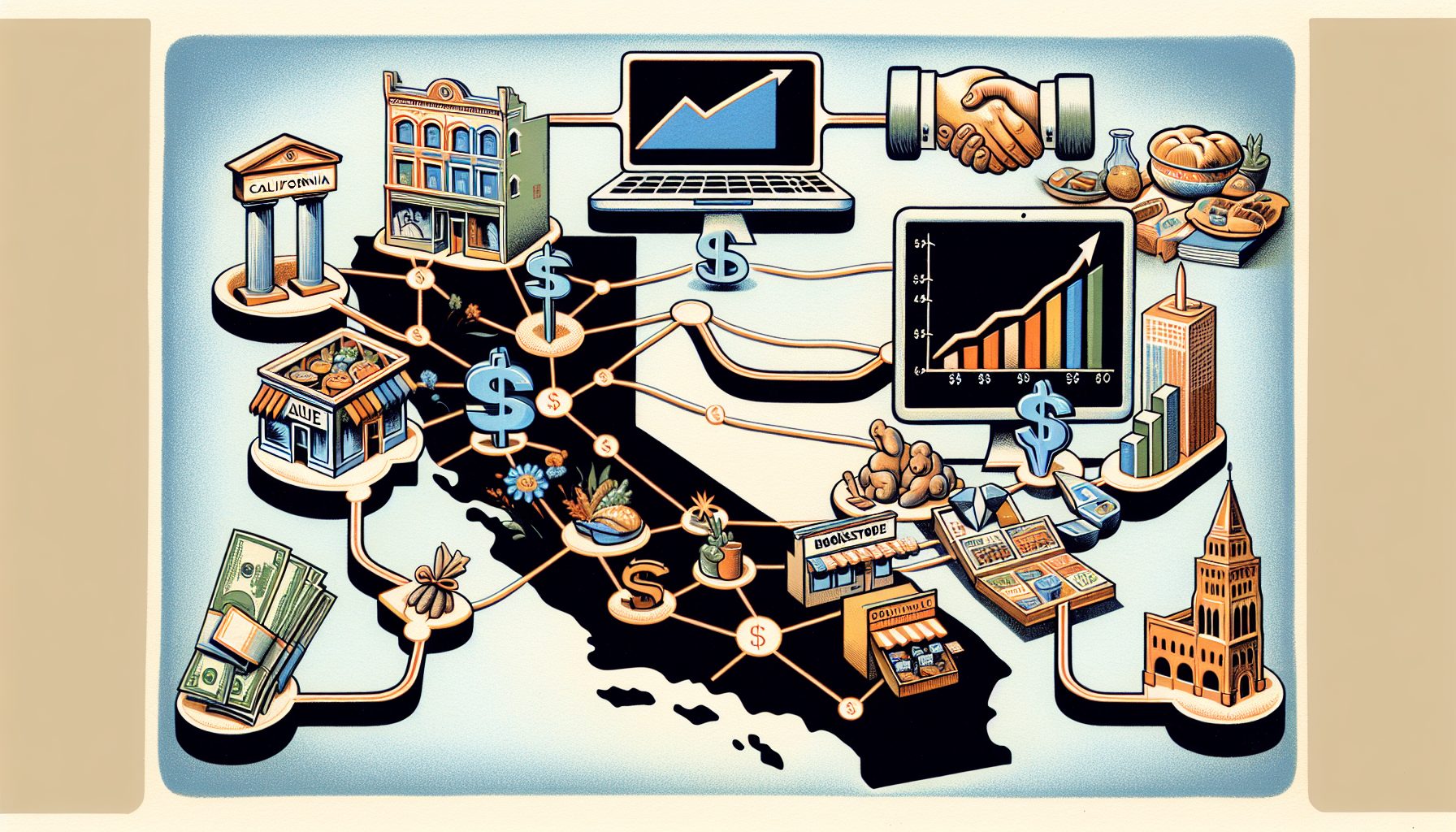At the end of April, the Food and Drug Administration will officially require drug makers and marketers to have a bar code on all drugs sold to American hospitals. And although the biopharmaceutical companies may be starting to achieve compliance, hospitals aren’t remotely equipped to use the bar-coded data.
In February 2004, the FDA issued a rule for biopharmaceutical companies spelling out bar-code label requirements at the level of the patient unit dose. Starting immediately, newly issued drugs were required to have bar-coded information in one of the simplest formats, linear bar code, which included the National Drug Code that identifies all drugs by a unique, three-segment number.
Starting on April 26, drug manufacturers and distributors will be required to put a bar code at the patient dosage level on all drugs sold to hospitals. (Here’s the final guidance on this from the FDA.)
The intent of this bar-code regulation is to save lives and minimize adverse events. Medication errors are among the most common types of medical mistakes; they cost an estimated 7,000 lives annually in the United States, according to a 1999 study by the National Academies’ Institute of Medicine.
In hospitals where bar-code systems have already been implemented, 80 to 90 percent of medication errors are prevented, according to industry expert Ken Kleinberg, senior director of global health care for Symbol Technologies, as well as the auto-ID and bar-code task force vice chairperson for HIMSS, the leading health care IT industry organization.
The FDA has estimated that once the bar-code system is implemented, a half million adverse events due to medication error could be avoided over the 20 years after full implementation.
But only about 10 percent of hospitals are estimated to be using bar coding for their medications, and most of these are repackaging and labeling medications themselves at the unit dose. Another 5 to 10 percent of hospitals are in the process of setting up bar coding for medications. Hospitals are not required to have a system in place that makes use of the soon-to-be mandatory bar codes.
“Five hundred are doing it now, 500 are in process, [and] 500 will start down the road this year. That’s out of 4,000 or 5,000 U.S. hospitals,” said Kleinberg.
 Click here to read about a device that allows BlackBerry handheld computers to read bar codes.
Click here to read about a device that allows BlackBerry handheld computers to read bar codes.
Hospitals may soon have their own regulatory stick pushing them into being able to incorporate bar-coded drugs. In 2004, JCAHO (Joint Council on Accreditation of Healthcare Organizations), the highly influential group that accredits hospitals for Medicare and Medicaid, submitted a proposal that would have required hospitals to use medication bar coding at the point of care. JCAHO killed the proposal when hospitals and even some technology vendors complained that they could not implement the technology within the few years allotted.
However, the proposal may resurface in the next few years as the technology gains momentum.
“JCAHO looks for an adoption in the industry of about 15 percent, so there is enough traction to demonstrate that the technology is effective,” Kleinberg said. “It wouldn’t surprise me for JCAHO to resubmit these proposals—I hope by next year—and there will likely be a few years for hospitals to fully comply.”
Even without regulation, the business case may be compelling enough for some hospitals to jump on board. Unlike electronic medical records or CPOE systems, medication bar-code tracking is a relatively inexpensive IT implementation for hospitals. Costs are generally in the range of $500,000 to a few million. But given the costs of adverse drug events in both increased hospital usage and lawsuits, this outlay is generally recouped within the first year, said Kleinberg.
Stimulated by the FDA regulation but still not up to full compliance, biopharmaceutical companies are estimated to be putting the required bar codes on 60 to 70 percent of unit doses for hospital sale. That’s up from around 40 percent that were using bar codes when the regulation was first issued. There is some evidence that biopharmaceutical companies are pulling back from unit dosage packaging by as much as 30 percent in order to avoid having to comply with the regulation, according to Kleinberg.
The bar codes required by the FDA are anticipated to be an inexpensive yet effective measure, but the FDA has stayed with the lowest common denominator, barely scratching the surface of potential IT implementations. Advanced, complex and expensive RFID (radio-frequency identification) tracking or CPOE systems seem particularly unattainable and distinctly futuristic in light of the difficulties the health care industry is facing in incorporating simple bar codes into hospital medication management.
 Check out eWEEK.com’s for the latest news, views and analysis of technology’s impact on health care.
Check out eWEEK.com’s for the latest news, views and analysis of technology’s impact on health care.








